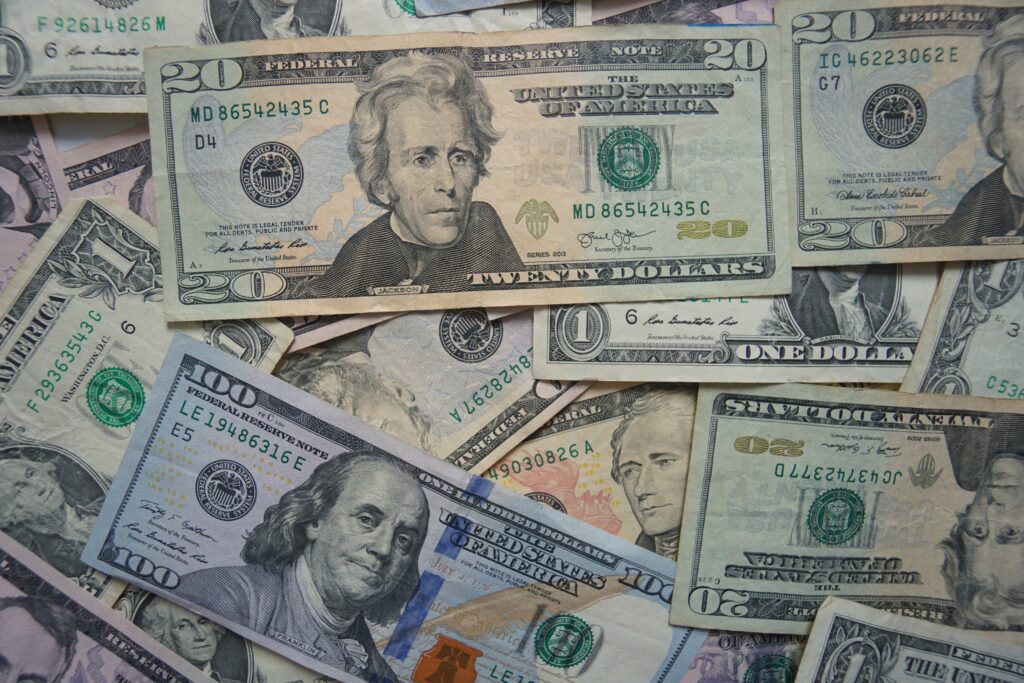TRADERS’ DISCUSSION The Arm IPO is here, but many ETFs won’t have buyers IPO and tech enthusiasts excited about Arm Holdings Plc initial public offering, and for good reason: it’s the first IPO of a major tech company in more than two years.

Arm IPO A lot depends on its success. In this case, “success” for investors means high demand and rising prices in the weeks and months following the arm stock. Initially, however, the transaction will primarily lack a natural buyer: Exchange-traded funds.
Arm will launch its IPO Thursday on Nasdaq, selling 95.5 million shares at $51, the top end of its expected price range of $47 to $51. Technology investors are increasingly using ETFs to gain exposure to broader technology sectors and sub-sectors, such as semiconductors.
However, some investors seeking immediate exposure to Arm’s IPO through an ETF may be disappointed. Index ETFs have inclusion rules ETFs are generally a prime target for companies to sell shares because the ownership base leans toward long-term, passive ownership.
However, this particular IPO highlights some of the difficulties that even large companies like Arm face in gaining a broader ownership base through ETFs. For the most part, ETFs are structured to track indexes. These indices have rules that must be followed carefully to be included.
Unfortunately, partly because of Arm’s decisions and partly because of the way the major indexes are constructed, ARM initially appeared to be ineligible for the largest ETFs. Problem #1: The arm is not in the S&P 500 The largest index provider is S&P Global.
To be included in broad technology ETFs like the SPDR Technology ETF (XLK), which tracks the S&P 500 Technology Index, a stock must first be part of the S&P 500, which Arm is not. The first problem is that Arm is not an American company but a British company – which usually excludes it from the S&P index.
“It is unlikely to be included in the S&P 500 because it is headquartered in the UK,” Matt Bartolini, head of SPDR Americas Research at State Street Global Advisors, told me. “That would rule it out from inclusion in the first place.” State Street manages a variety of ETF products linked to the S&P index, including the world’s largest ETF, the SPDR S&P 500 ETF. (STALKING). S&P Global’s Howard Silverblatt also notes that S&P requires a stock to have been trading for one year and that the GAAP total for the past four consecutive quarters must be positive, as well as the total for the most recent quarter.
Next problem: float is less than 10% Many technology companies now regularly release very small numbers of shares (10-15% of outstanding shares) because scarce supply increases the opportunity for price increases. However, according to Renaissance Capital, Arm seems especially stingy because he owns about 9.3% of the company’s shares.
This is another problem for many ETFs, which typically require a company to have 10% or more of its shares outstanding to qualify for inclusion. Bartolini told me this is the case for the S&P indexes, as well as the largest semiconductor ETF, the Van Eck Semiconductor ETF. (SMH), also requires a float ratio of 10% or more.
Van Eck CEO Jan Van Eck told CNBC on Monday that his company is still evaluating whether Arm qualifies for inclusion in its ETF. Other index companies used by ETFs also have floating requirements. Todd Sohn, head of ETFs at Strategas, told me that Vanguard Total U.S. Market (VTI), uses CRSP U.S. Total Market Index, also requires a 10% float to accelerate the IPO.
There are many ways to get a float above 10%. First, SoftBank could exercise a greenshoe, an option over-allotment of shares that could add an additional 15% of shares, making them just over 10% of shares outstanding. When will this happen? “Typically, pricing is not announced, even though it could be,” Renaissance Capital’s Matt Kennedy told me. “This could also be revealed a few days after they announced the closure.
Or at the latest about a month later, as part of an 8-K or 10-Q filing. Another solution is to simply sell more shares after the six-month lock-up period expires. Potential ETF buyers: Nasdaq-100 ETF, IPO ETF There are potential buyers of the ETF.
For example, Arm may qualify for the Nasdaq-100, the top 100 non-financial stocks on the Nasdaq, because the index has no market capitalization or free-float requirements. The Nasdaq-100 recovers itself every December. Invesco Nasdaq-100 ETF (QQQ), which uses the Nasdaq-100 Index as its benchmark, is one of the largest ETFs in the United States.
Other ETFs that specialize in buying IPOs are all potential holders, but their buying power is relatively weak. Renaissance Capital’s ETF IPO (IPO), a basket of recent IPOs, requires a float of just 5%, so Arm is likely to qualify for inclusion.
Read more: Top 5 Govt Savings Schemes With Interest Rates Benefits And Other Details Know
However, Nate Geraci of the ETF Store warned against attempting an IPO this way. “I’m not a fan of investors trying to get into IPOs,” he told me. “One of the benefits of being an ETF investor is that you don’t have to worry about company-specific events like this. Investors obviously need to understand what’s going on under any ETF they own, but I wouldn’t encourage anyone to buy an ETF just because it has an allocation to a hot new IPO best.
- “Unlocking Convenience: Exploring the Benefits and Features of Mobile Banking”
- “Analyzing Microsoft Stock: Potential Path to $450 and Beyond”
- “Watch ‘Love on Fire’ Streaming on Amazon Prime Video: A Rom-Com Delight”
- The Government’s Free Internet Program Comes to a Close
- Comparing Active and Passive Investing Strategies for 2024
- “US Government Set to Liquidate $130M in Seized Bitcoin Linked to Silk Road”